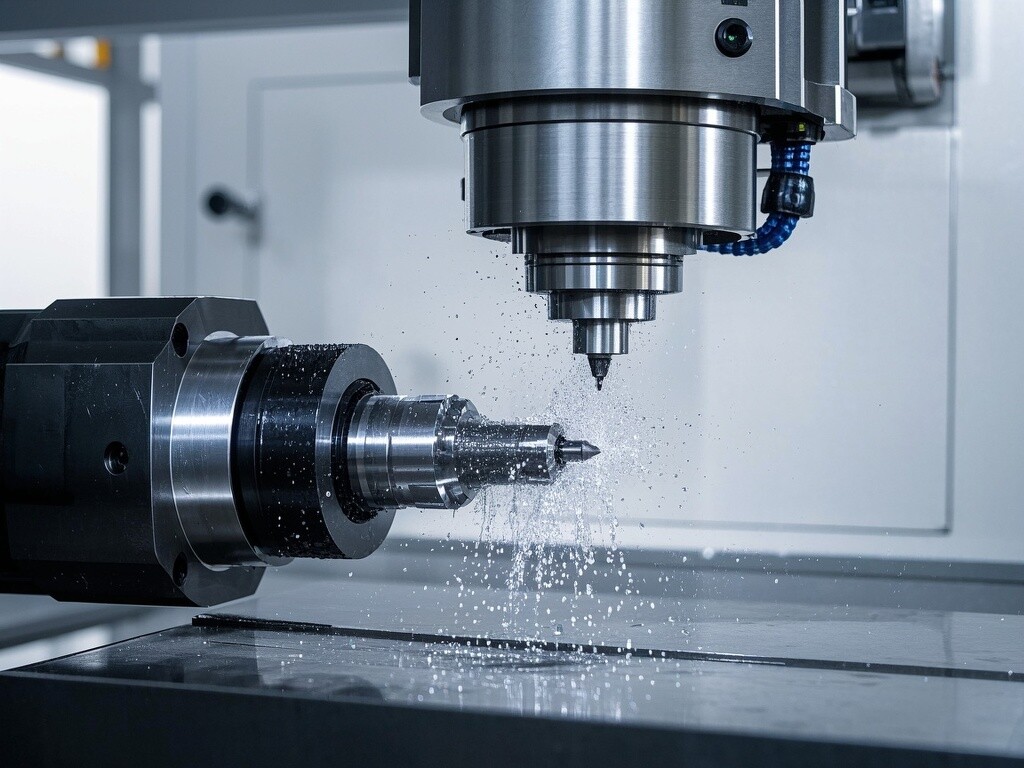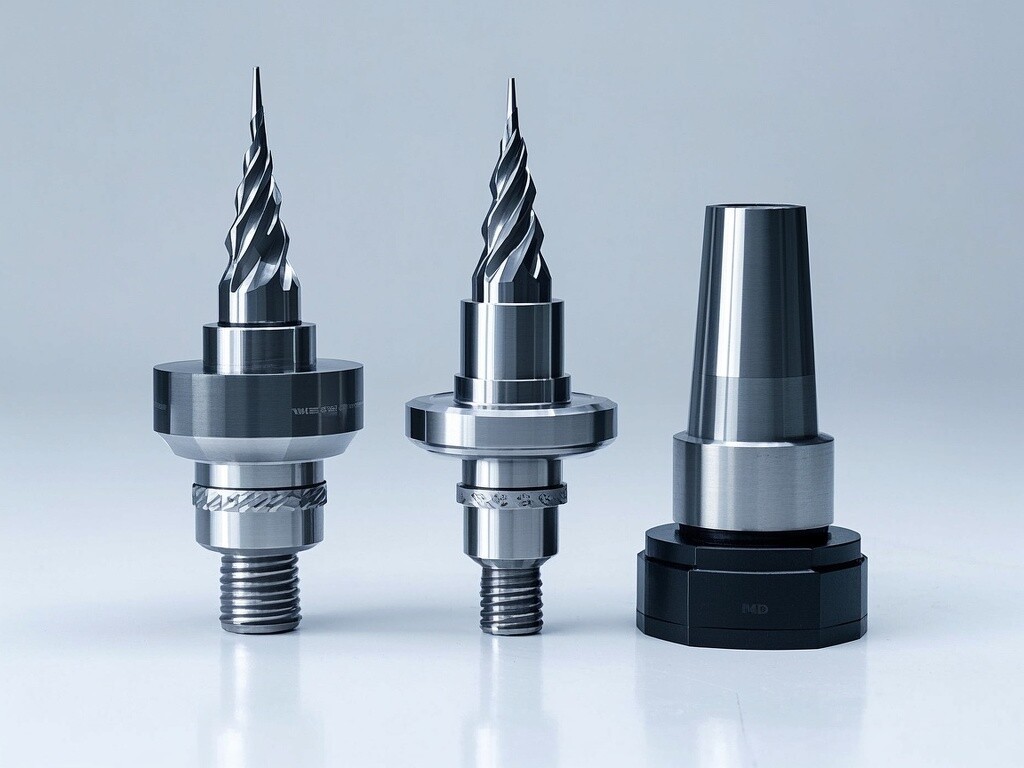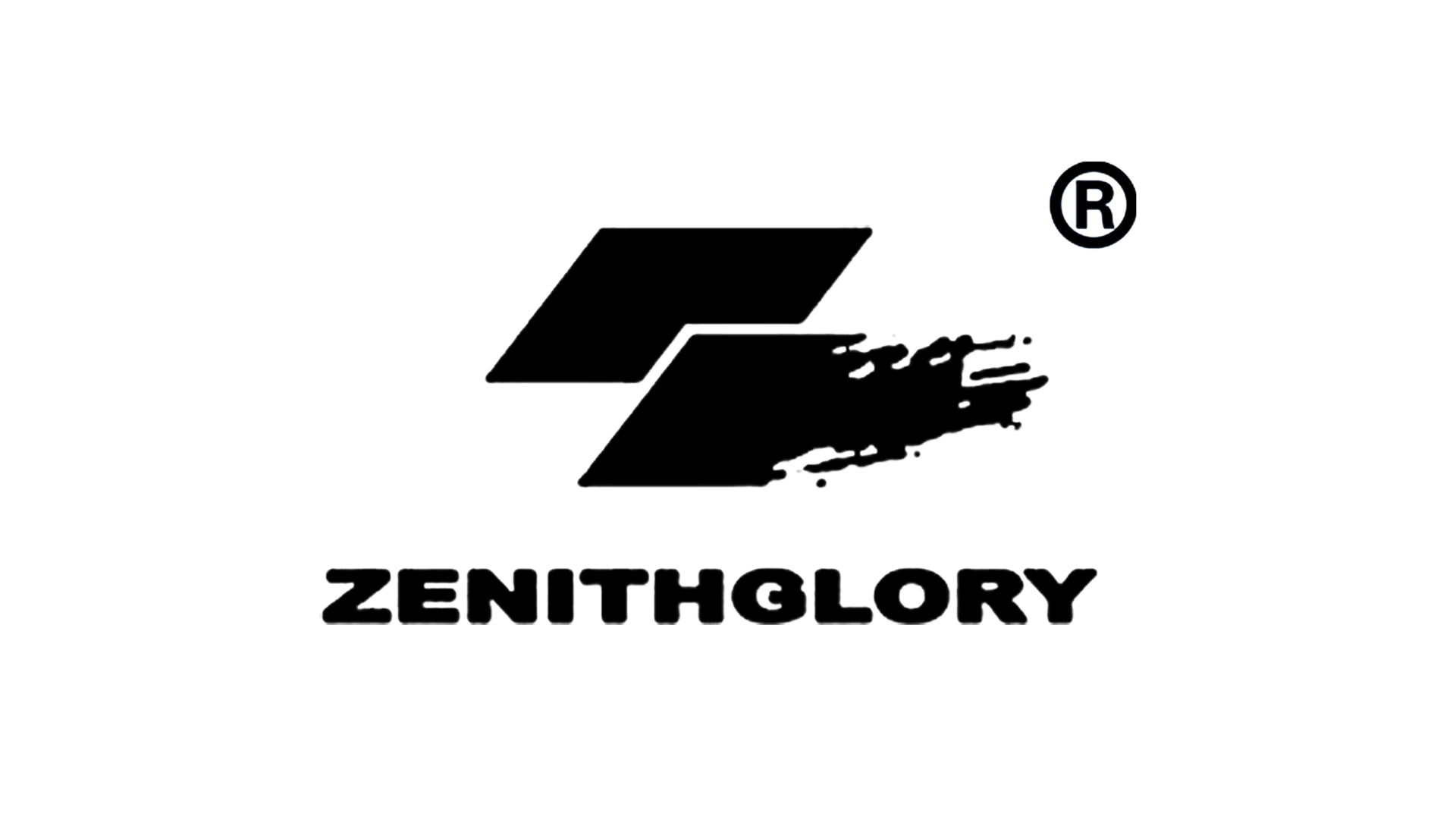

This guide equips operators and decision-makers with practical troubleshooting methods for CNC cutting, CNC drilling and CNC grinding, blending hands-on fixes, safety protocols and procurement insight to reduce downtime and improve throughput.
Common Failure Modes and Quick Diagnosis
Understanding common failure modes on CNC machines accelerates recovery. Typical issues in CNC cutting and CNC milling include tool breakage, chatter, inaccurate dimensions, and poor surface finish. For CNC drilling, watch for runout, flute clogging and excessive thrust; for CNC grinding, monitor wheel wear, glazing and balance issues. Start with a rapid checklist: inspect tool condition, verify program offsets, confirm spindle RPM and look for coolant and chip evacuation problems.
Rapid Diagnostic Checklist
Step-by-Step Troubleshooting Workflows
A systematic workflow limits trial-and-error. Begin with operator-level checks: confirm correct program, offsets and tool libraries; verify machine zero and probe calibration. Then inspect consumables—tools, inserts, grinding wheels—and run basic machine diagnostics for spindle health and servo errors. If symptoms persist, escalate to vibration analysis or geometric verification using a calibrated test bar or gauge.
Operator Actions (First 15 minutes)
1) Stop program and secure part. 2) Inspect toolholder and replace suspect cutting tool. 3) Validate offsets and tool length compensation. 4) Check coolant flow and chip path. 5) Run a low-speed dry run to observe behavior. These actions are applicable across CNC lathes, CNC milling centers and multi-axis CNC machines.
Advanced Diagnostics (If issue remains)
Use spindle runout measurements, balancing procedures for grinding wheels and in-process probing to capture geometric errors. Thermal imaging can reveal overheating bearings or drives. For persistent accuracy loss, perform ball-screw backlash checks and verify encoder feedback against the CNC controller logs. Document each step and root cause to build a knowledge base for your team.
Settings & Process Adjustments: Practical Tips
Tweak feed and speed conservatively: small RPM or feed changes often resolve chatter or poor finishes without changing tooling. For CNC turning and CNC lathes, prioritize rigid clamping and correct depth-of-cut. For CNC milling and CNC cutting, reduce axial engagement when chatter appears and switch to variable helix cutters if harmonics are suspected. For CNC drilling in deep holes, implement peck drilling cycles and adequate coolant pressure to prevent flute clogging.
Tooling and Fixture Recommendations
Select carbide grades appropriate for material and process: tougher grades for interrupted cuts, finer grades for finishing in CNC milling and CNC grinding. Ensure that collets and chucks are clean and torqued to spec. Fixture stiffness and location relative to cutting forces matter more than many expect—shorten overhangs where possible to reduce deflection.
Safety, Standards and Compliance
Safe operation protects personnel and equipment. Enforce lockout/tagout during mechanical inspections and follow PPE protocols for grinding and high-speed cutting. Reference international standards like ISO 23125 for machining, ASTM test methods for material behavior and EN/JIS guidelines for machine guarding where applicable. Keep maintenance logs aligned with CE directives or local regulatory frameworks to support audits.
Cost, ROI and Procurement Guidance
Decision-makers evaluating CNC automation investments need clear ROI calculations. Downtime cost (lost throughput, scrap, and labor) often dwarfs the capital expense of improved tooling or spindle monitoring systems. Consider retrofits—sensors, tool-break detectors, and predictive maintenance for existing CNC machines—to accelerate ROI. When selecting new CNC lathes or milling centers, request MTBF data, spindle power curves and thermal compensation features to reduce lifecycle cost.
For procurement, verify supplier compliance with quality standards and request application case studies. You can also review integration options for Industry 4.0 connectivity to maximize CNC automation value; this enables condition-based maintenance and remote diagnostics.
Common Operator Mistakes and How to Prevent Them
Frequent operator errors include insufficient tool inspection, ignoring small changes in surface finish, and skipping probe calibration. Address these through short SOPs and targeted training sessions. A daily checklist that includes spindle warm-up, coolant concentration check and quick visual inspection of tooling can reduce emergency repairs and extend component life.
Case Study Snapshot
A mid-size manufacturing line reduced unplanned downtime by 38% after adopting a three-step approach: standardized tooling libraries, on-machine probing routines, and vibration monitoring on critical CNC machines. Improvements were most pronounced in CNC drilling operations where flute clogging previously caused frequent stoppages. Documentation and operator training were essential to sustain gains.
Quality Control and Verification
Integrate in-process measurement using probes and external CMM sampling to verify dimensional targets. For grinding operations, check surface roughness Ra after changeovers and record dressing intervals. Follow JIS or EN tolerancing tables to ensure parts meet customer specifications and to prevent costly rework.
Why Choose Us / Call to Action
We combine hands-on experience with engineering best practices to help you optimize CNC cutting, CNC drilling, CNC grinding and broader CNC automation initiatives. For tailored support on process audits, tooling selection or retrofits—contact our technical team for a site assessment. Explore our solutions and request a consultation via 无 to improve uptime and reduce operating cost.
Final Advice
Consistent documentation, preventive maintenance and continuous operator training deliver the biggest long-term gains. Embrace sensor-driven CNC automation for predictive maintenance, and prioritize root-cause analysis over quick fixes. With methodical troubleshooting and the right investments, you will enhance quality, safety and profitability across your CNC turning, milling, lathes and grinding operations.

